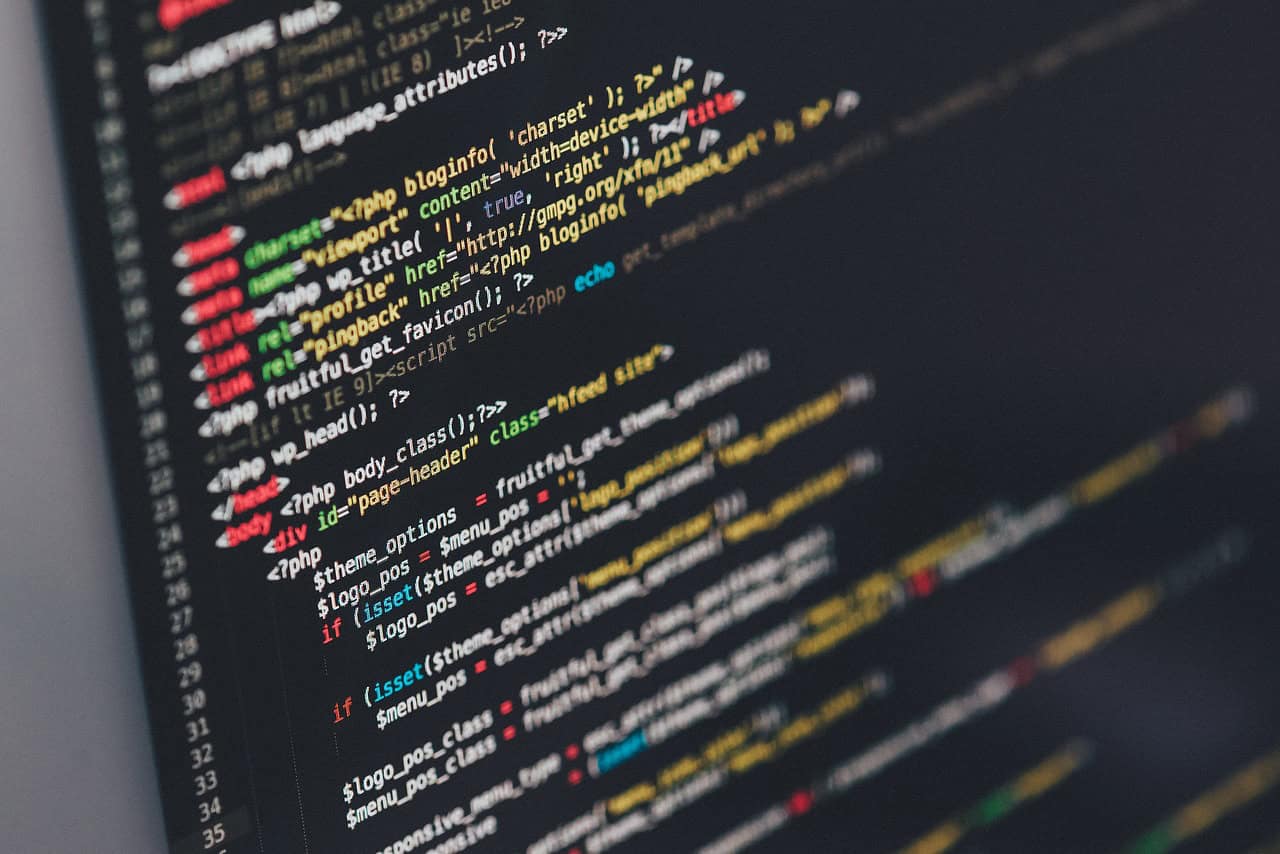Introduction to Python Web Development
Python is a versatile and popular choice for web development due to its simplicity, readability, and extensive ecosystem of libraries and frameworks. In this guide, we will cover the basics of Python web development, its advantages, popular frameworks, and tips for learning Python in this domain.
What is Python Web Development?
Python web development involves using Python to write server-side logic for web applications. This includes:
- Handling HTTP requests and responses
- Managing data storage and retrieval
- Implementing business logic
- Rendering dynamic content
Why Use Python for Web Development?
Key Advantages
- Ease of Learning: Python has a high-level syntax that is easy to grasp, making it ideal for beginners and experienced developers alike.
- Versatility: Python is not limited to web development; it is also widely used in data science, machine learning, automation, and more.
- Extensive Libraries: Python offers a vast array of libraries and frameworks that simplify web development.
Popular Python Web Frameworks
Understanding various frameworks can significantly enhance your web development experience. Here are some of the most popular Python web frameworks:
- Django: Known for its high-level framework that provides an out-of-the-box solution with features like ORM, authentication, and a robust template engine. Ideal for complex, scalable web applications.
- Flask: A lightweight framework that allows developers to build web servers easily. It is suitable for smaller applications and prototyping.
- Pyramid: Offers flexibility and modularity, allowing developers to build applications using a variety of technologies.
- Bottle: Another lightweight framework, similar to Flask, ideal for small web applications.
How to Learn Python for Web Development
- Install Python: Start by installing the latest version of Python from the official Python website.
- Choose a Framework: Select a framework based on your project needs. For beginners, Flask is often recommended due to its simplicity.
- Set Up a Development Environment: Use tools like
virtualenvor Python’s built-invenvto create a virtual environment for your project. - Learn from Resources: Utilize online tutorials and courses, such as those on Real Python or freeCodeCamp, to learn Python web development.
Tips for Learning Python
- Start with Basics: Understand Python fundamentals before diving into web development.
- Practice: Build small projects to apply your knowledge.
- Join Communities: Engage with online communities like Reddit’s r/learnpython and Stack Overflow for support.
Comparison with PHP
Both Python and PHP are popular for web development, but Python is more versatile and easier to learn. PHP is generally faster, especially with recent versions like PHP 7.
Conclusion
Python is an excellent choice for web development due to its ease of use, versatility, and extensive ecosystem. By following the tips and resources outlined in this article, readers can effectively learn Python for web development and start building their own web applications. For further reading, check out our in-depth guides like Master Python Web Development: Essential Frameworks and Resources for Beginners and Unlock Your Potential: A Beginner’s Guide to Python Web Development.
Projects and Applications in Python Web Development
Key Projects
- Personal Blog Website: Create a blog platform using Django where users can register, create posts, and comment on articles. This project helps you learn about user authentication, database management, and REST APIs.
- E-Commerce Web Application: Build a complete e-commerce site using Flask. Include product listings, shopping cart functionality, and user accounts. Through this project, you’ll gain insights into managing complex interactions and transaction processes.
- Portfolio Website: Develop a personal portfolio site with a contact form and project gallery using Bottle. This smaller project focuses on the basics of web development while allowing for flexibility in design and implementation.
- Task Management Tool: Construct a task manager with Pyramid that allows users to create, edit, and delete tasks. This project will delve into more advanced topics concerning database ORM and user input handling.
Python Code Examples
Example for a Simple Flask Application
from flask import Flask
app = Flask(__name__)
@app.route('/')
def home():
return "Welcome to My Flask App!"
if __name__ == '__main__':
app.run(debug=True)
Example for a Basic Django View
from django.shortcuts import render
def home(request):
return render(request, 'home.html', {'title': 'Welcome to My Django App'})
Real-World Applications
Python web development is applied in various real-world scenarios, impacting numerous industries:
- Social Media Platforms: Companies utilize Python frameworks to build dynamic social media platforms that manage large numbers of users and real-time data processing.
- E-Learning Systems: Educational institutions employ Python for creating interactive and user-friendly e-learning platforms that cater to personalized learning.
- Data Analysis Apps: Businesses leverage Python’s powerful libraries to create web applications that visualize data insights from complex datasets, aiding in decision-making processes.
- Healthcare Solutions: Python is used to develop applications that manage patient records, schedule appointments, and provide telemedicine services efficiently.
Next Steps
Now that you’ve gained an understanding of Python web development, it’s time to delve deeper into the subject. Begin by experimenting with a framework like Flask or Django, as these will provide hands-on experience that solidifies your learning.
To further enhance your skills, consider exploring additional resources such as
this comprehensive guide on web development in Python. Additionally, you might want to tackle some small projects or challenges to apply what you’ve learned in practice.
Don’t forget to join Python web development communities to share your experiences, gain insights, and seek support from fellow learners. Engaging with others will not only motivate you but also open up networking opportunities in the field.
Lastly, keep an eye out for more advanced topics, such as deployment strategies or integrating APIs, to broaden your expertise in Python web development. Continue exploring our blog for more in-depth articles and the latest trends in the Python ecosystem!

1 thought on “Unlock Your Web Development Potential: A Complete Guide to Python Web Development”
Comments are closed.